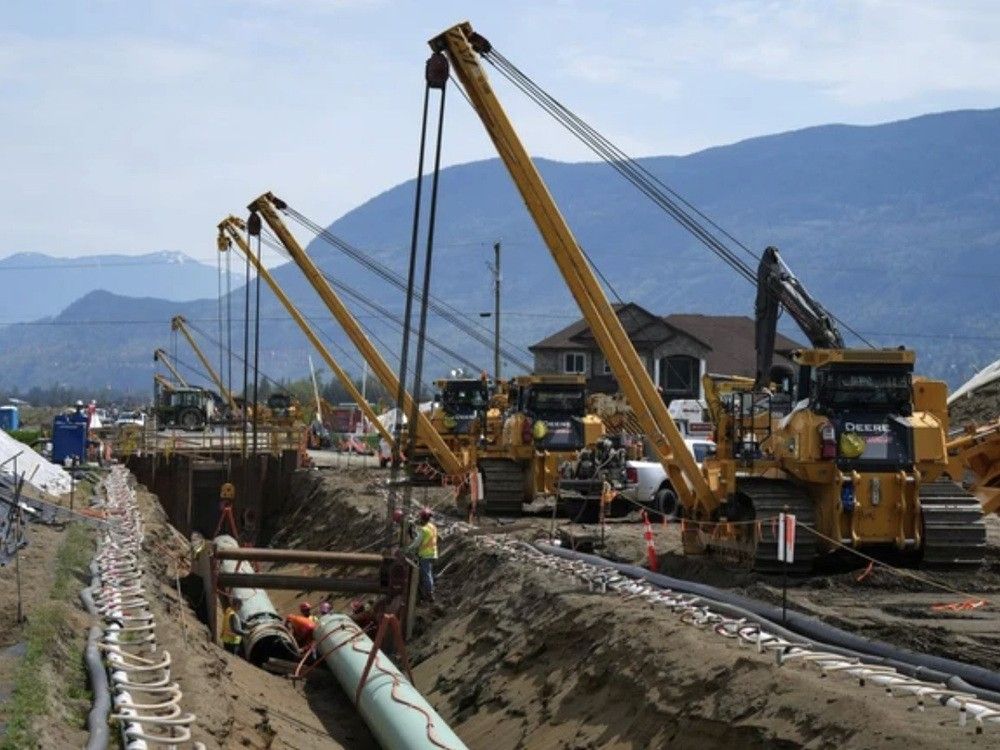Article content
Their caution also speaks to the behaviour of developers themselves. Markets rarely sustain oversupply, because once vacancies begin to rise, builders quickly pull back. That fragility makes the kind of sustained high building rates envisioned by CMHC all the more implausible.
Article content
Whitzman’s report reframes the debate entirely. Rather than focusing on aggregate numbers or vacancy rates, it grounds its recommendations in the legal and moral right to adequate housing.
Article content
Whitzman argues that solving Canada’s housing crisis requires building 500,000 homes a year, with 200,000 of those being non-market and deeply affordable for low-income households. This framework explicitly counts populations often left out of other models, including those experiencing homelessness, hidden homelessness, and forced displacement from job- and service-rich communities.
Article content
Article content
The gulf between these reports stems from their underlying assumptions. CMHC assumes continuous population growth and market self-correction, while the PBO anticipates a slowing of immigration and focuses on vacancy as a stabilizing force.
Article content
Oxford Economics challenges both by pointing to hard limits on construction capacity and the risks of overshooting demand.
Article content
Whitzman introduces a different metric entirely: human need, measured not by market indicators but by whether everyone has a safe, affordable place to live.
Article content
For Vancouver, these debates are far from abstract. CMHC’s high-end projections would mean a construction boom of unprecedented scale, further straining already limited labour and materials.
Article content
The PBO’s more cautious forecast suggests current build rates could be enough if immigration slows.
Article content
Oxford Economics warns that pushing too hard could backfire, flooding the market with vacant luxury units and worsening volatility.
Article content
Article content
Meanwhile, Whitzman’s framework reminds us that even a city full of cranes can fail its most vulnerable residents. Vancouver’s low-income renters face near-zero availability, a reality completely invisible in aggregate national vacancy numbers.
Article content
It’s important to recognize that housing projections are often treated as objective truths. The stakes are enormous: municipal and provincial governments, lenders and especially the development community watch these reports closely, using their numbers to justify large-scale investments and rezoning decisions.
Article content
Ultimately, these numbers shape multibillion-dollar decisions, and if the projected need is high, it can fuel speculative behaviour and drastically alter the skyline of cities like Vancouver.
Article content
What can we take away from this discussion?
Article content
Seen together, these four reports highlight how housing projections are less about certainty and more about competing world views. They are really political choices wrapped in statistical models. The question isn’t just how many homes Vancouver needs — it’s which people are we building for and what kind of city we want to create?
.png)
 5 hours ago
8
5 hours ago
8






























 Bengali (BD) ·
Bengali (BD) ·  English (US) ·
English (US) ·